As part of its 2015 compliance audit program, the Forest Practices Board selected woodlot W0437, held by Arrow Glenn Ltd., in the Selkirk District, for audit. The woodlot’s operations are located on north-east of Creston, along Highway 3.
The audit found, except for silviculture obligations and annual reporting, that planning and practices generally complied with the Forest and Range Practices Act (FRPA) and the Wildfire Act.
Arrow Glenn Ltd. did not meet FRPA requirements for regeneration delay, free growing or annual reporting on any of the cutblocks audited on woodlot W0437. Auditors found that the licensee did not meet the requirements within the required timeframes and did not conform to reporting standards for its annual reports. These combined significant non-compliances are of sufficient magnitude to warrant an overall adverse opinion.
As part of its 2015 compliance audit program, the Forest Practices Board selected woodlot W0436, held by Duncan Stanley Lake and Yvonne Boyd, in the Selkirk District, for audit. The woodlot’s operations are located on north-west of Meadow Creek, along Highway 31. The audit found, except for bridge maintenance and annual reporting, that planning and practices generally complied with the Forest and Range Practices Act and the Wildfire Act. The audit also identified an area requiring improvement related to riparian management. Auditors found a bridge with rot in its substructure, which is a potential safety hazard. The licensee had not assessed the bridge for load-bearing strength nor posted any load restriction or bridge approach signs. Because the licensee had not properly identified and posted the bridge deficiency, it created a safety hazard and is not in compliance with the Woodlot Licence Planning and Practices Regulation (WLPPR). Auditors also found the licensee did not meet submission deadlines or specification requirements for its annual reports. These practices were pervasive and do not provide assurance of good silviculture practices and therefore is considered a significant non-compliance. Auditors also found the licensee had re-classified a fish stream (S3) as non-fish bearing but had not collected enough information to support the classification. As such, the licensee should have managed the stream as if it was fish bearing, requiring a 20-metre riparian reserve zone. The licensee harvested trees in the riparian reserve zone and is non-compliant with the WLPPR. While minimal harm resulted, this practice elevated the risk of harm to fish or fish habitat and is considered an area requiring improvement.
As part of its 2015 compliance audit program, the Forest Practices Board selected woodlot W0438, held by Jeffrey Mattes, in the Selkirk District, for audit. The woodlot’s operations are located on south of Kaslo, along Highway 31.
The audit found that planning and practices generally complied with the Forest and Range Practices Act and the Wildfire Act. However, the audit also identified two areas requiring improvement related to fire hazard assessments and annual reporting.
As part of its 2015 compliance audit program, the Forest Practices Board selected woodlot W1644, held by Rojo Logging Limited, in the Selkirk District, for audit. The woodlot’s operations are located east of Creston, along Highway 3.
The audit found that planning and practices generally complied with the Forest and Range Practices Act and the Wildfire Act. However, the audit also identified an area requiring improvement related to silviculture obligations and annual reporting.
Auditors found Rojo is in non-compliance with annual reporting, regeneration delay and free growing requirements, because the previous licensee did not meet these requirements. However, because Rojo recently took over the woodlot, identified these deficiencies and is implementing a plan to correct them, the finding is considered an area requiring improvement.
In May 2015, the Forest Practices Board audited the activities of BC Timber Sales (BCTS) and timber sale licence holders in the Boundary timber supply area (TSA). The TSA covers approximately 659 000 hectares of the southern interior, north of the international border. The TSA includes the Kettle River and Granby River drainages and the communities of Grand Forks, Midway, Greenwood, Rock Creek, Beaverdell and Christina Lake.
The audit found that BCTS' planning and activities complied with legislated requirements. However, the audit found that a timber sale licence holder did not maintain natural surface drainage patterns on a road above unstable terrain. The Board considered that to be a significant non-compliance. The Board also found that all but one timber sale licensee need to improve their fire hazard assessment practices.
